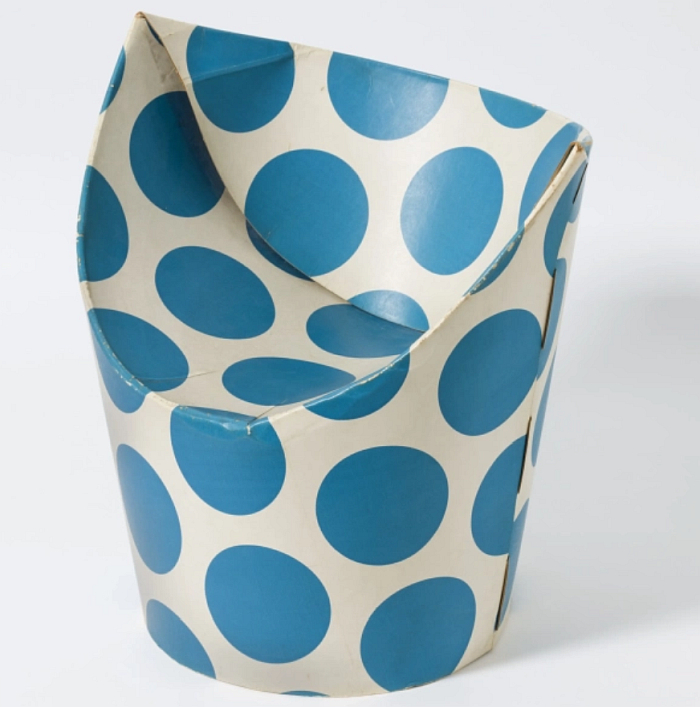Despite what you may have have been led to believe, Oktoberfest isn't in October.
Or is barely in October.
It's primarily in September, ends on the first Sunday in October.
Meaning in 2024 it's all over on the 6th of October.
Leaving you the rest of the month to over-consume in reasonably-priced architecture and design museums rather than over-consuming in over-priced beer tents.
Our five locations for a party of the spirit, intellect, soul and for improving your understanding of the world material and immaterial around you in October 2024 can be found in Brussels, New York, Hornu, Berlin, and, once the beer tents have been packed away for another year, Munich.......
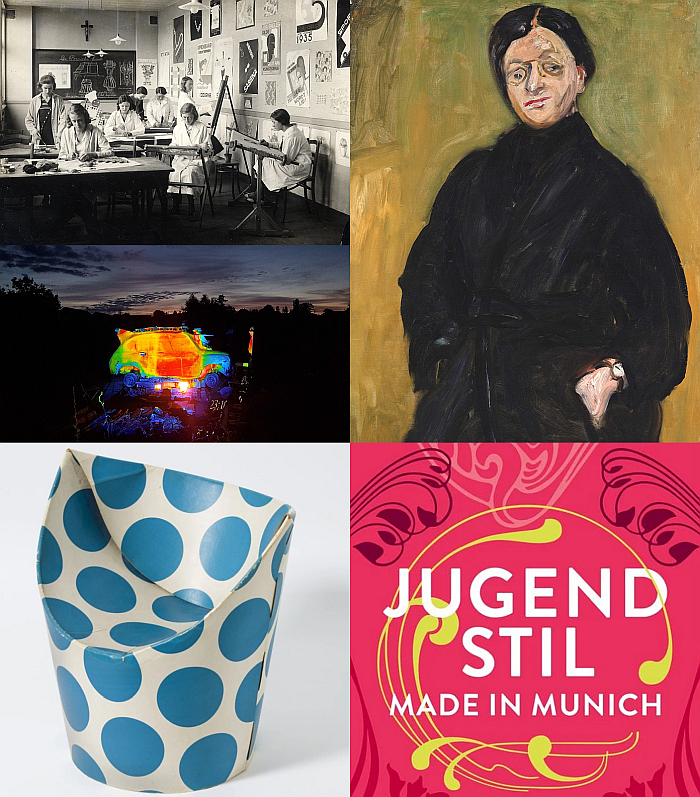
Jugendstil. Made in Munich.
It's a big claim.
A very big claim. But one the Kunsthalle München, in cooperation with the Münchner Stadtmuseum, clearly feel they can justify.
A justification they aim to approach via a presentation in 10 chapters, opening with a (staged) visit to the early 20th century apartment in Georgenstraße, Munich-Schwabing, of Carl and Else Thieme; an apartment, an interior and furniture designed in the first years of the 20th century by Richard Riemerschmid, one of the leading protagonists in the development of the architectural and design positions and expressions of the period. Thus an opening that should help elucidate the earliest expressions of Jugendstil. In Munich.
From Georgenstraße Made in Munich promises to continue its exploration over subjects such as, and amongst others, the myriad sources of inspiration of the period including, for example, the world of nature, the world of fantasy or the world of yesteryear and also elucidating the presentation and publication forms of the new positions and expressions, including making stop at the VII. Internationalen Kunstausstellung staged in 1897 in the Glaspalast in the Bavarian capital, an event which was one of the earliest indications of the nature of the changes that were acoming. As was the Munich based magazine Jugend which was to give the, for want of a better word, movement, the Stil, it's name, and which one presumes will feature prominently throughout the presentation.
Made in Munich ends with, if one so will, an introduction to some of the more important innovations of the period in terms of furniture and interior design, a reminder that it wasn't all decoration and a rejection of the coming world, including, Riemerschmid's Maschinenmöbel, and Bruno Paul's Typenmöbel, projects that remain as relevant today as they were then.
And thus a presentation which should not only provide for an introduction as to why Jugendstil arose and its relationships to the late 19th/early 20th century society, but also reinforce the important role Munich played in the development of the novel approaches and positions of the late 19th early 20th century. And thereby allow one to approach your own assessment of the validity of the Kunsthalle's very big claim
Jugendstil. Made in Munich is scheduled to open at the Kunsthalle München, Theatinerstraße 8, 80333 Munich on Friday October 25th and run until Sunday March 23rd. Further details can be found at www.kunsthalle-muc.de
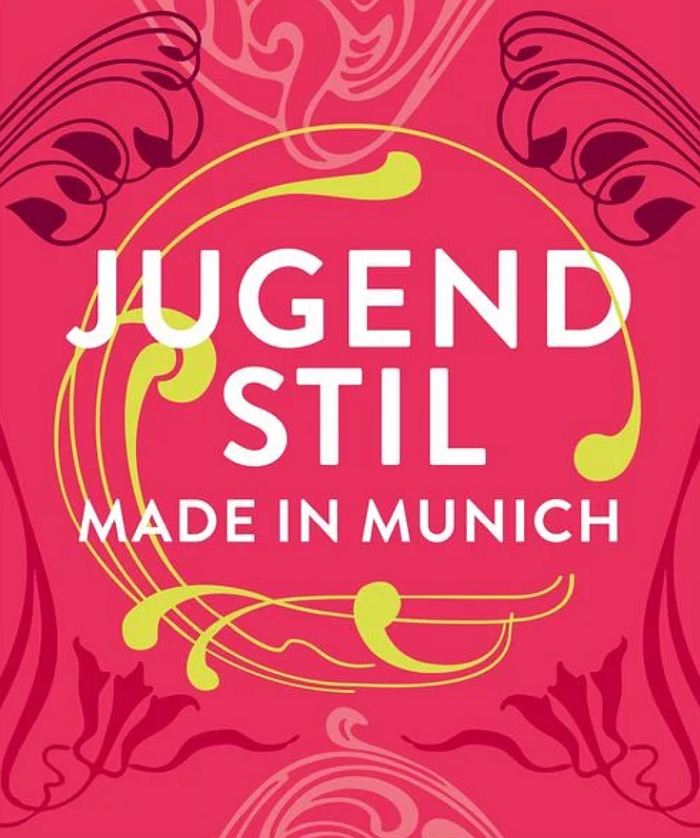
While the subject matter of Untold Stories is without question valid and interesting in its own right, in many regards just as interesting is that is a further example of a museum taking the opportunity offered by a staging of the Vitra Design Museum's exhibition Here We Are! Women in Design 1900 – Today for a critical study of female creatives in the (hi)story of design in their region/country, for a critical reassessment of the (hi)story of design in their region/country as being more than a men it is often presented as being; a utilisation of Here We Are! in many regards initiated by The Bigger Picture: Design – Women – Society at the Gewerbemuseum, Winterthur in context of Switzerland, continued with For Her: Rooms for Women and From Her: Furniture by Women at the Möbelmuseum Wien in context of Austria.
And now encompassing Belgium with a presentation in Design Museum Brussels that aside from introducing some 50 female creatives from across both the century of its title and a wide range of design genres also promises to elucidate and explore female contributions to more informal 'Making' over the decades, thereby neatly, and not unimportantly, extending the definition of 'design' beyond the formalised institutional design industry.
In addition, and again not unimportantly, Untold Stories, aims to explore the reasons why such as special exhibition is necessary, why the (hi)story of design in Belgium has been written as the (his)tory it popularly is: why there are untold stories. And thereby should allow not only for a more probable telling of the narrative of design in and from Belgium but also enable a better writing of the coming narrative of design in and from Belgium so that future generations aren't left to rediscover stories.
Parallel to Untold Stories the Design Museum Brussels is also presenting Here We Are!
Untold Stories – Women Designers in Belgium, 1880-1980 is scheduled to open at Design Museum Brussels, Place de Belgique, 1020 Brussels on Wednesday October 16th and run until Monday April 14th. Further details can be found at https://designmuseum.brussels
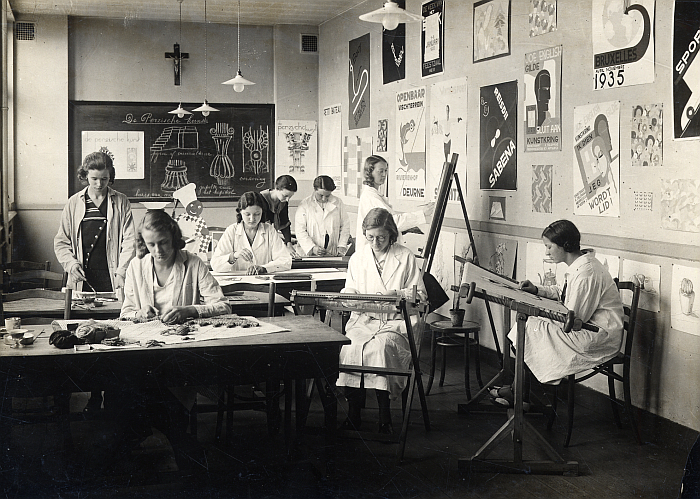
While the early years of what was to become Modern Art in Paris stand very much in context of the likes of, for example, Henri Matisse, Marc Chagall or Amedeo Modigliani, so men, much of their early success was due to a woman. A woman who, invariably, has slipped into anonymity while the men she helped make famous shine in front of an international public.
With Make Way for Berthe Weill the Grey Art Museum at New York University seek to redress the balance.
Born in Paris in 1865 Berthe Weill opened Galerie B. Weill in 1901 on rue Victor Massé on the edge of Montmarte, a gallery whose use of 'B.' rather than 'Berthe' tends to imply that Weill was very much aware of being a woman in a man's world; and a gallery on rue Victor Massé that was to be the first of several locations for Weill's gallery, a platform she primarily used to present, advance and advocate for emerging artists, approaches and position of the, then, contemporary Paris, including being one of the first galleries to promote movements such as Fauvism or Cubism.
Or as Weill's business card admonished: Place aux Jeunes, Make way for the younger generation.
Something we all needs must eventually do.
A career, a contribution to the development of the (hi)story of art, that the Grey Art Museum aim to elucidate and explore via a presentation of some 110 works associated with Galerie B. Weill by artists such as, and amongst others Picasso, Matisse, or Léger. Whereby the focus of the exhibition isn't the works but their place in the biography, importance and continuing relevance of the gallerist who believed in such artists and saw something in their approach and positions long before others
And in doing so should allow for Berthe Weill to begin to retake her rightful place on the helix of art (hi)story
Make Way for Berthe Weill. Art Dealer of the Parisian Avant-Garde opened at Grey Art Museum, 18 Cooper Square, New York, NY 10003 on Tuesday October 1st and is scheduled to run until Saturday March 1st. Further details can be found at https://greyartmuseum.nyu.edu
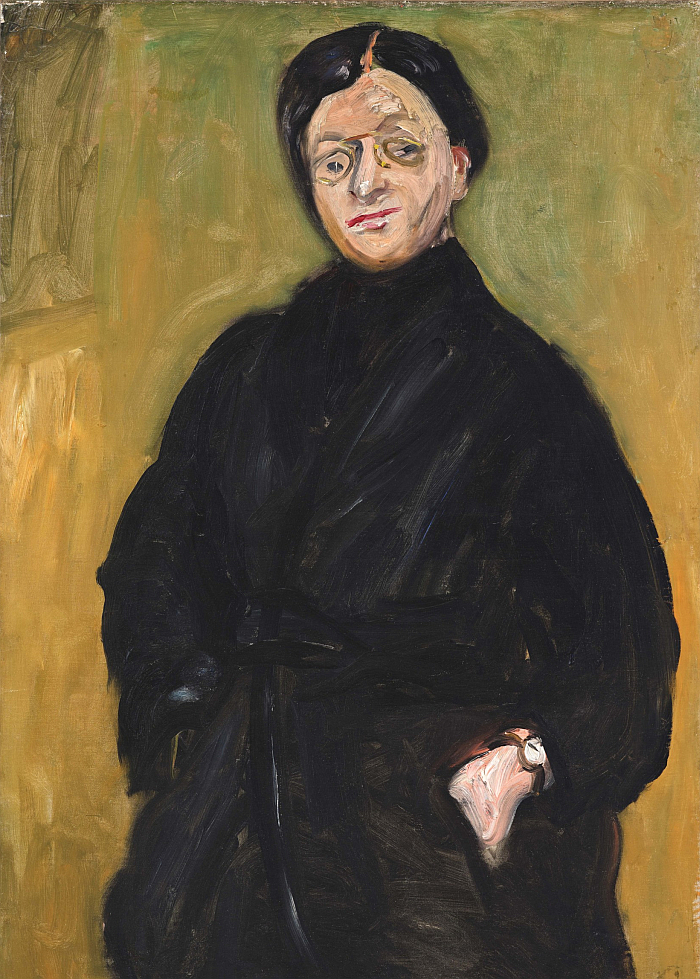
Arguably only very few objects have defined the last century to the degree the car has. And, equally arguably, only very few objects have managed to place themselves at the centre of social, political, economic and urban planning decisions to the degree the car has. And, certainly if one accepts the contemporary popular discourse, will continue to do so for the coming century.
One mustn't however accept the contemporary popular discourse; but should, must reflect on it.
And on cars.
With Autofiction CID – centre for innovation and design at Grand-Hornu promise an alternative, critical biography of the automobile in three parts: the car as a user of resources, be that in their construction or use; the car as a smart object in a constant two way dialogue with the wider environment; and the car as democratic object, as a component of a future global democratic society as much as an enabler of contemporary democratic society.
And thereby should enable differentiated approaches to questions of our future relationships with the car, the future for and with the car, and that in context of the car as more than a means a transportation. That context in which it has long stood, and may well continue to stand.
Autofiction. A biography of the automobile is scheduled to open at CID – centre for innovation and design at Grand-Hornu, Rue Sainte-Louise, 82, 7301 Hornu on Sunday October 6th and run until Sunday February 16th. Further details can be found at www.cid-grand-hornu.be

There is an argument to be made that 'childhood' as it is popularly understood today is a relatively novel phenomenon; that while all adults were without question once children, not all went through a childhood as understood in the contemporary sense. Much more they were simply, small, powerless, adults. And there is an equally good argument to be made that, and as with so much of contemporary society, certainly contemporary European society, the origins of childhood can be traced back to the social and political reform movements of the late 19th/early 20th century.
An argument the Bröhan Museum, Berlin, will, essentially, make with Design for Children, an exhibition that promises to open with the work of Ellen Key that so important and instructive character in the development of architecture and design in Sweden, and by extrapolation Europe, and an early advocate for the rights of children in society and move on from that early 20th century to explore the design for children of the title via some 250 objects from across the intervening decades, including contributions from the likes of, for example, Clara Möller-Coburg, Libuše Niklová, Bruno Munari, Verner Panton or Matali Crasset; objects not only from across a range of genres but from across various appreciations of, definitions of and approaches to design for children: from pedagogic to playful, from instructive to imaginative.
A mix that should help underscore not only how design for children has developed over the past century and a bit but also help place those changes in context of the wider social changes over the past century and a bit and thereby should allow one to better appreciate not only the links between design and society, but also the development of 'childhood' over that century and a bit.
In addition the Bröhan Museum promise alongside numerous interactive stations, a pop-up library of children's books, thus making Design for Children an Exhibition for Children as much as for adults.
Design for Children is scheduled to open at the Bröhan Museum, Schlossstraße 1a, 14059 Berlin on Sunday October 13th and run until Sunday February 16th. Further details can be found at www.broehan-museum.de
